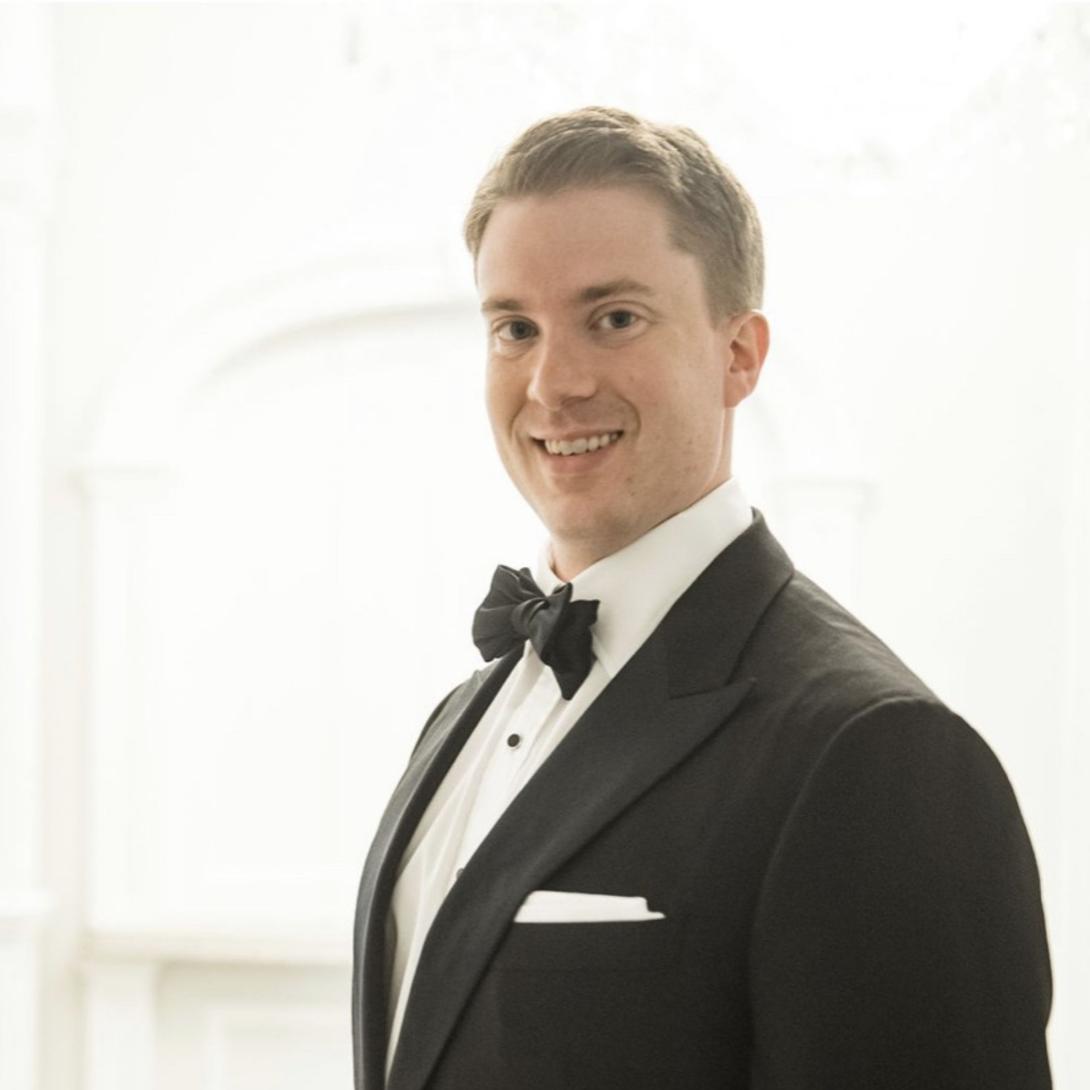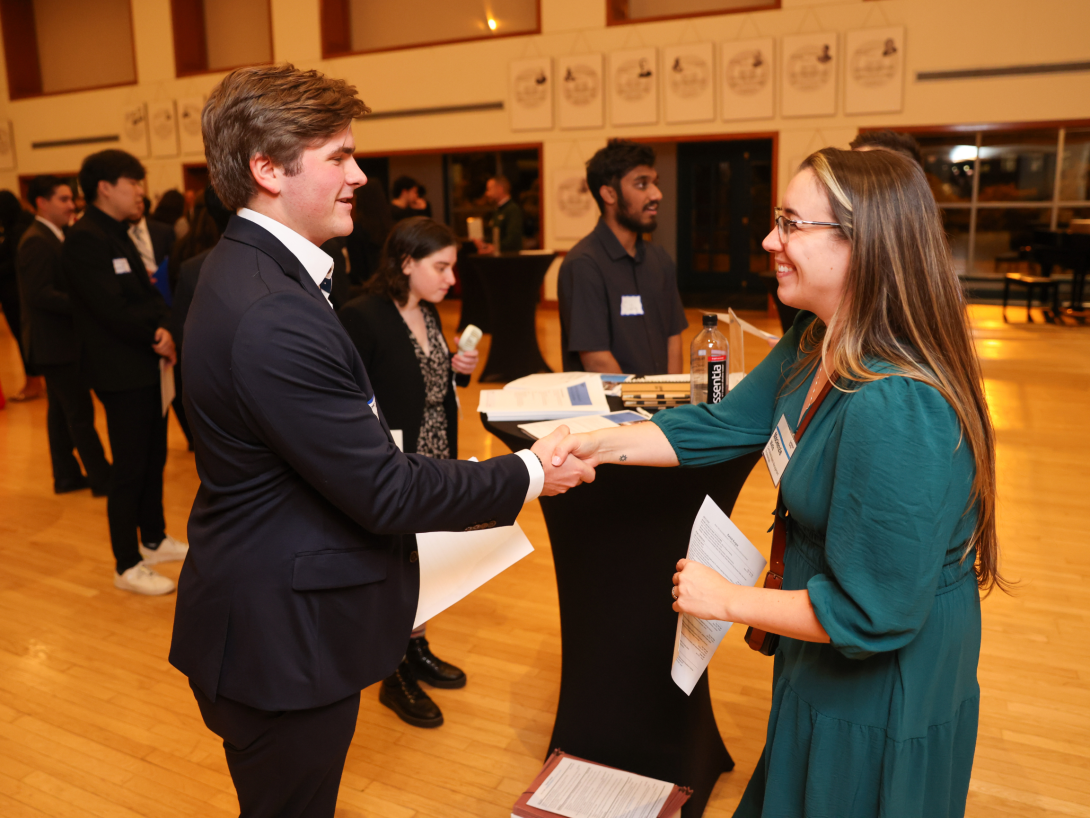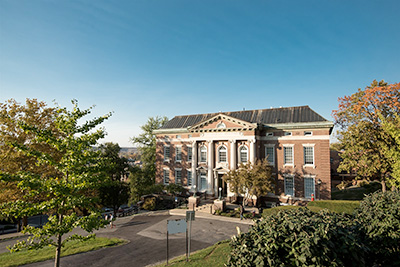Announcements

Kyle Brody started his career as a business management student within the Lally School of Management at RPI. After graduating he worked at Deloitte Consulting for over five years and then went on to join Morgan Stanley as a Product Manager.
On December 3, the Lally School of Management came together at the Heffner Alumni House to celebrate a remarkable milestone: the graduation of students completing their degrees this fall. The room buzzed with excitement and pride as faculty, staff, families, and classmates gathered for an afternoon filled with gratitude, laughter, personal reflection, and well-earned celebration.
The Rensselaer Finance Club (RFC), in partnership with the Lally School of Management and the Center for Financial Studies, proudly hosted the inaugural Empire State Capital Region Intercollegiate Stock Pitch Competition on Saturday, December 6. The full-day event brought together talented undergraduate teams from across the region for a dynamic, high-intensity experience that blended financial analysis, strategic thinking, and professional presentation skills.
Interested in combining engineering or science with business? Join us for an information session on the Accelerated Eng/Sci + MBA program! Learn how you can earn both your undergraduate and graduate degrees in 5 years or less through our accelerated pathway. Discover how this program can help you stand out in today’s competitive job market by pairing technical expertise with business leadership skills.

Take a break from classes and join students from across campus for an afternoon of Mario Kart, snacks, and hot chocolate in PITTS 4204 (Sa Lounge). Whether you’re racing to win or just here for the cocoa and snacks, it’s the perfect way to relax before finals and connect before the holidays. Wednesday, December 10 | 2–4 p.m. No sign-up needed, all majors welcome. Just drop in and play!

On November 13, RPI’s Lally School of Management and the Center for Career and Professional Development co-hosted the second annual Lally Industry Networking Night. The successful event brought together more than 150 students and alumni with representatives from leading employers for an evening of meaningful conversations, career exploration, and relationship building.

The RPI Lally School of Management, in collaboration with the Rensselaer Finance Club, Women in Business, and the Society of Women Engineers, hosted Title IX and Beyond. It was a powerful discussion exploring workplace rights, personal boundaries, and strategies for defusing difficult situations and effective bystander intervention.
The event brought together students, faculty, and staff for an open and engaging dialogue about how to foster respect, accountability, and equity in both academic and professional environments.
Mr. Vito Paladino, President & CEO Volkswagen Canada, President Audi Canada will be in Prof. Shyam Kumar’s Strategy & Policy class at 10:45 on Friday, 11/21 for about an hour via Microsoft Teams. He will talk about the challenges facing the auto industry, and the Audi/VW group's strategy to compete in this environment. Teams Meeting ID: Meeting ID: 247 503 103 419 84 Passcode: Ti2Zz6sv
The Lally School of Management congratulates Dr. Omar Alrubaiaan on successfully defending his dissertation titled “Three Essays on Entrepreneurial Strategy and Performance: Exploring Artificial Intelligence (AI)-Driven Methods and Empirical Patterns.”
Join us for Title IX and Beyond, an informational session focused on understanding your rights, navigating personal and professional boundaries, and learning about reporting pathways at RPI and in the workplace. The event will be held Tuesday, November 18 at 4 p.m. in the Bruggeman Room, CBIS, with Jackie McPhillips Balcerak and Elizabeth Brown-Goyette. All students, faculty, and staff are welcome.
